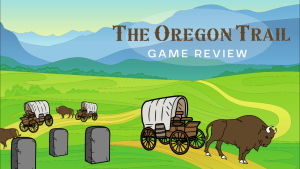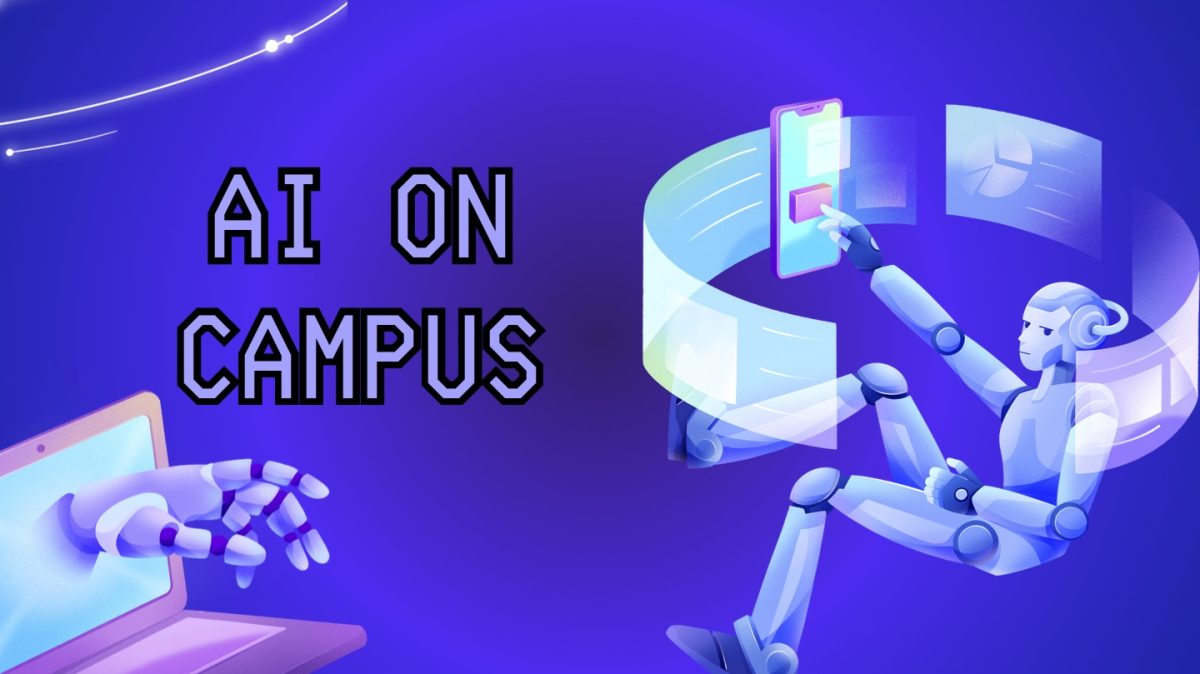Students and faculty from various departments have expressed the pros and cons of using AI for academic purposes.
The USI Provost’s Council approved the publication of “AI Tools and Teaching,” a web page dedicated to AI in the classroom, in April 2023.
The web page reads, “Unauthorized use of generative AI tools for submissions (such as essays, text, code, images) or improper citation or acknowledgment of such assistance would be violations of academic integrity…”
The university has asked faculty to include AI in their syllabi. Jason Hardgrave, interim assistant provost for academic affairs said, “The total number of academic integrity cases for the past several semesters has remained about the same. However, we have seen some increases related to the use of AI.”
Despite questions about academic integrity, some students said they believe AI can be a resource. Jalyn Henke, junior history major, said AI can help students understand difficult concepts.
“If a student isn’t really understanding a concept, AI can help relay information in different ways that can be easier to process, which I think is beneficial to reach more students,” Henke said.
Henke also said there are negative impacts of AI, noting the potential of student reliance on the technology. As educators, we should come together in this AI era to foster innovative pedagogical strategies, improve students’ learning outcomes, and create a well-prepared educational system to meet the AI-influenced demands in the job market.” — Srishti Srivastava, associate professor of computer science
“I can understand how AI can hinder students from properly learning course material if they rely heavily on AI to complete assignments,” Henke said. “I can see both sides of the argument.”
Ashley Banks, junior studio art major, said AI has already harmed artists.
“AI has been hurting artists,” Banks said. “But the human appreciation for the connection of handmade objects is forever.”
Banks also said that AI-generated artwork is created from a combination of human-made copyrighted art material, producing low-quality results.
“AI art generation works through stealing copyrighted artwork and merging it together with another copyrighted artwork,” Banks said. “AI art generation also steals from itself. There are only a couple AI art algorithms out there, and after it steals from human artists, it starts to steal from pure AI-generated art, leaving the algorithm with a really ugly and artificial style that is easily identifiable.”
Srishti Srivastava, associate professor of computer science, said USI faculty are in the early stages of navigating student AI usage.
“We are still not fully equipped to differentiate student work that has been generated from ChatGPT-like systems with those that have been produced from the student’s original research and traditional utilization of provided course material,” Srivastava said. “The immediate need to address the impact of ChatGPT on the educational sector cannot be overstated.”
Embracing change is not just a necessity; it is an opportunity to enhance the educational landscape and equip students for the demands of the evolving professional world.”
— David O’Neil, assistant professor of English
Despite academic integrity issues, Srivastava said AI can be an asset in the classroom.
“I believe that such advanced AI technology have the potential to serve as a powerful asset to enrich both learning and pedagogical experiences in education,” Srivastava said. “As educators, we should come together in this AI era to foster innovative pedagogical strategies, improve students’ learning outcomes, and create a well-prepared educational system to meet the AI-influenced demands in the job market.”
David O’Neil, assistant professor of English, said that rather than over-policing the use of AI, faculty should view the technology as a tool.
“One challenge is making sure students don’t rely too much on AI to complete work for them,” O’Neil said. “However, instead of spending too much time policing AI use, faculty should see it as a helpful learning tool. Considering that future career expectations may involve AI, our focus should be on preparing students to engage with it both effectively and ethically.”
O’Neil also said that AI will not replace student writing. Rather, embracing the development could enhance education.
“There will always be a place for writing without AI—just like there’s still a place for doing math without the aid of a calculator—but we should make sure our teaching keeps up with the times,” O’Neil said. “Embracing change is not just a necessity; it is an opportunity to enhance the educational landscape and equip students for the demands of the evolving professional world.”







